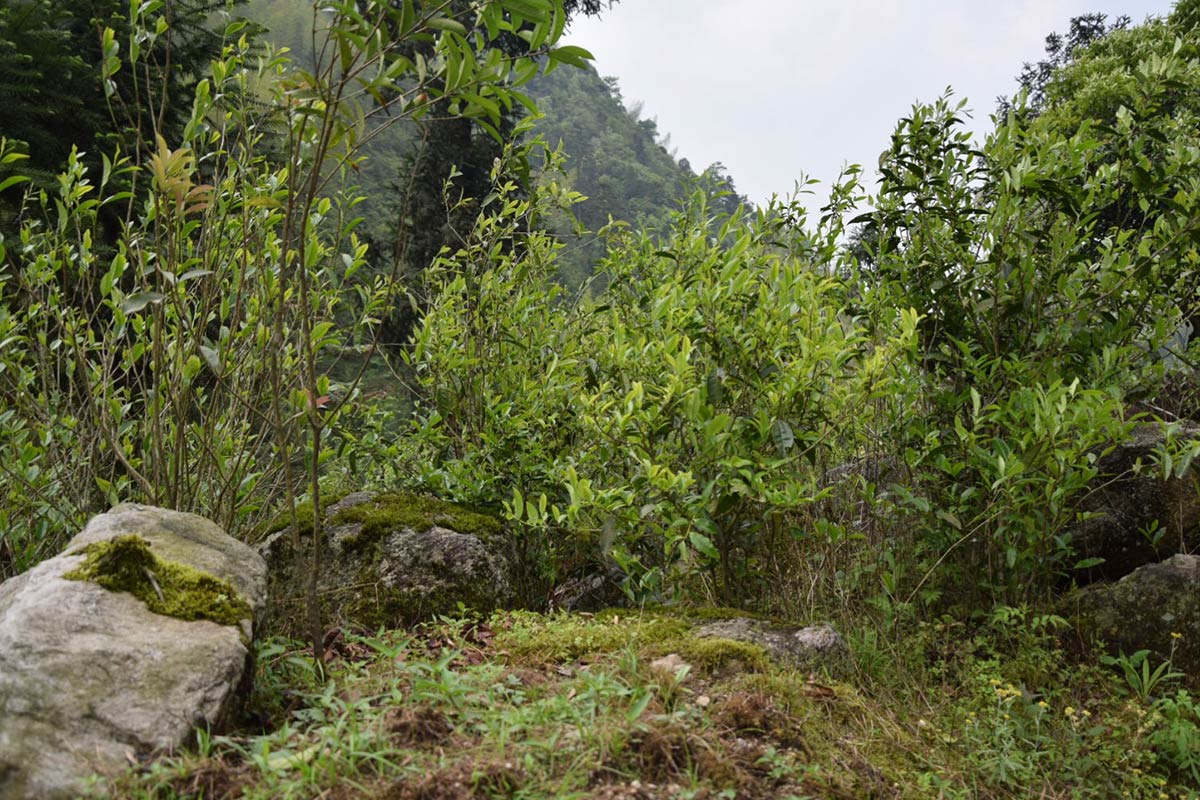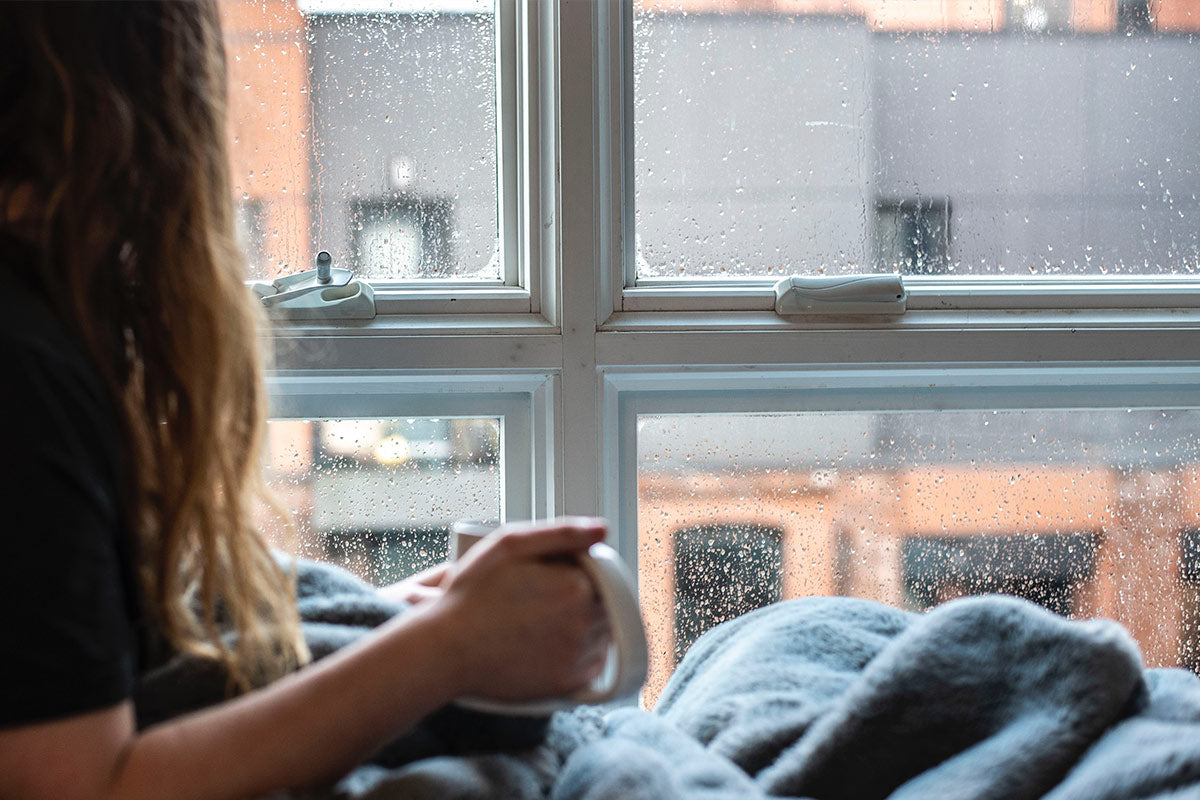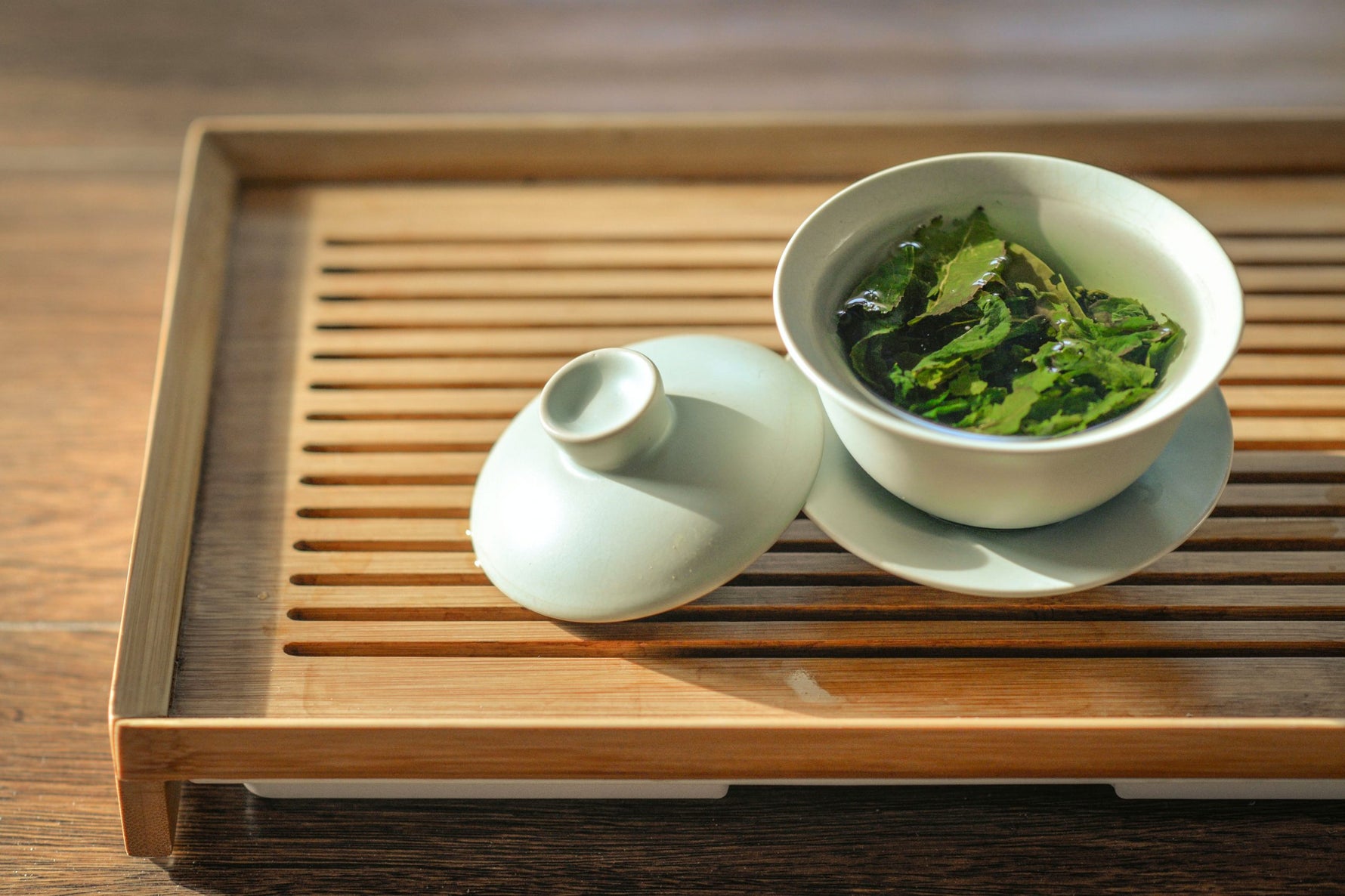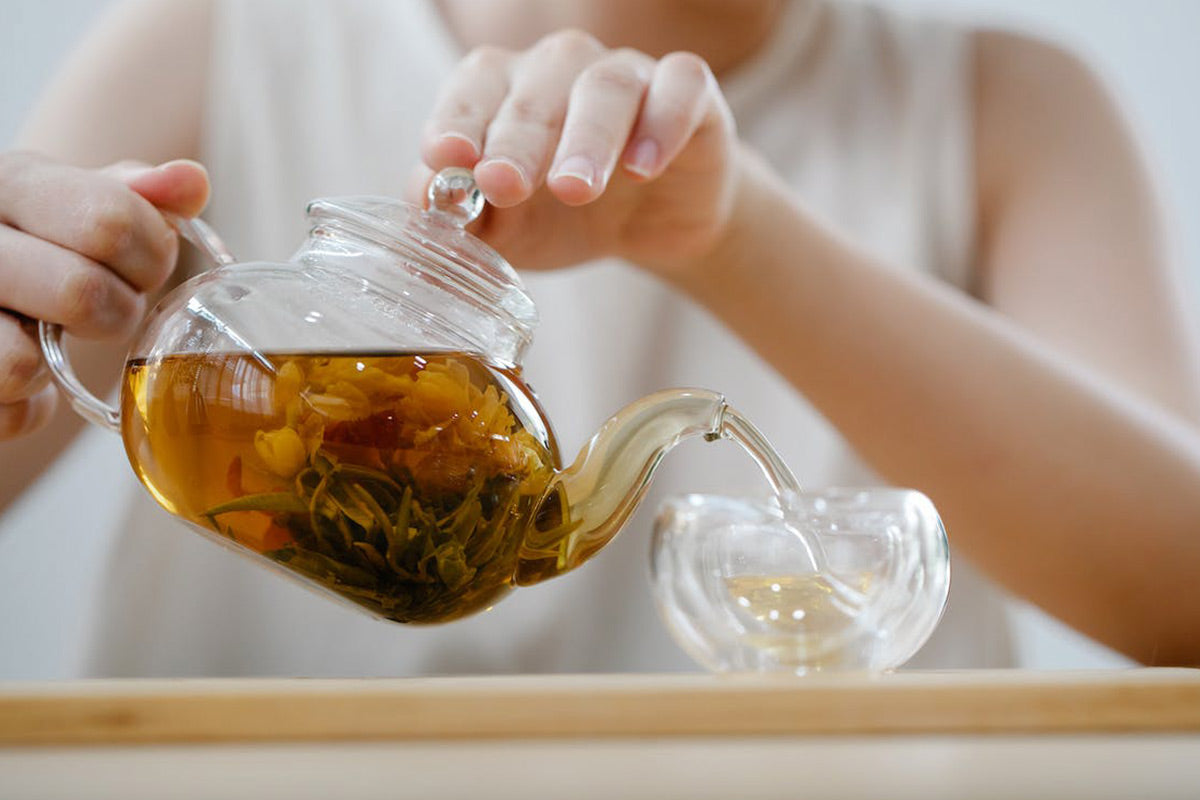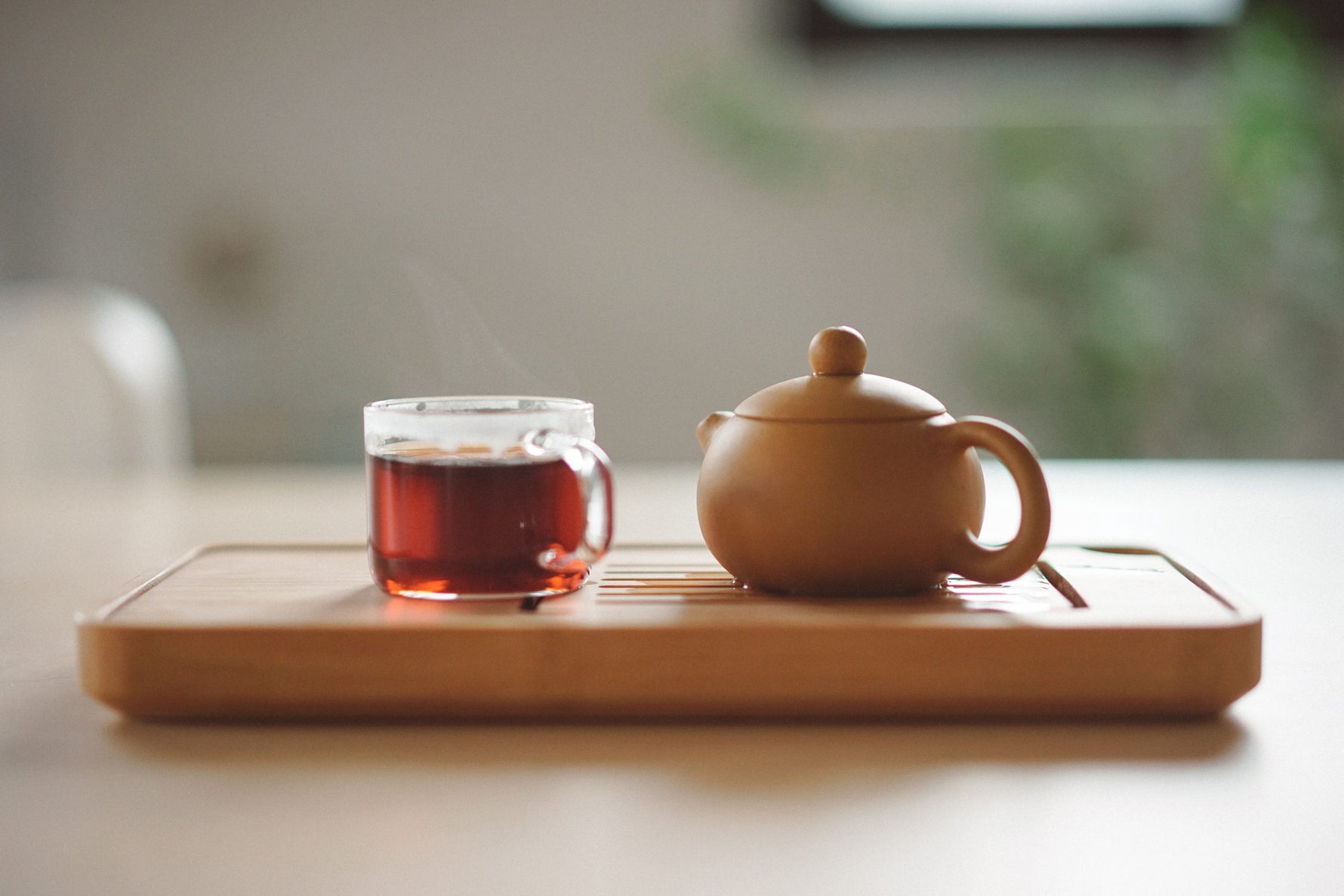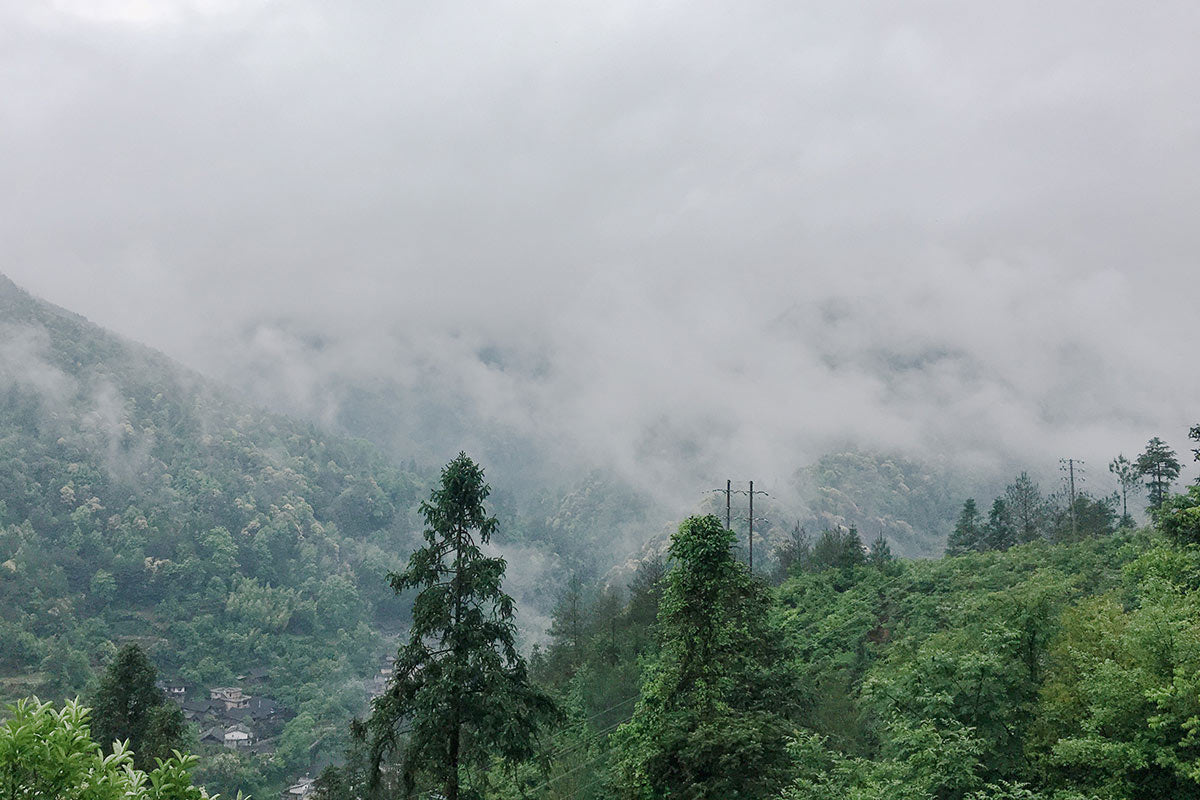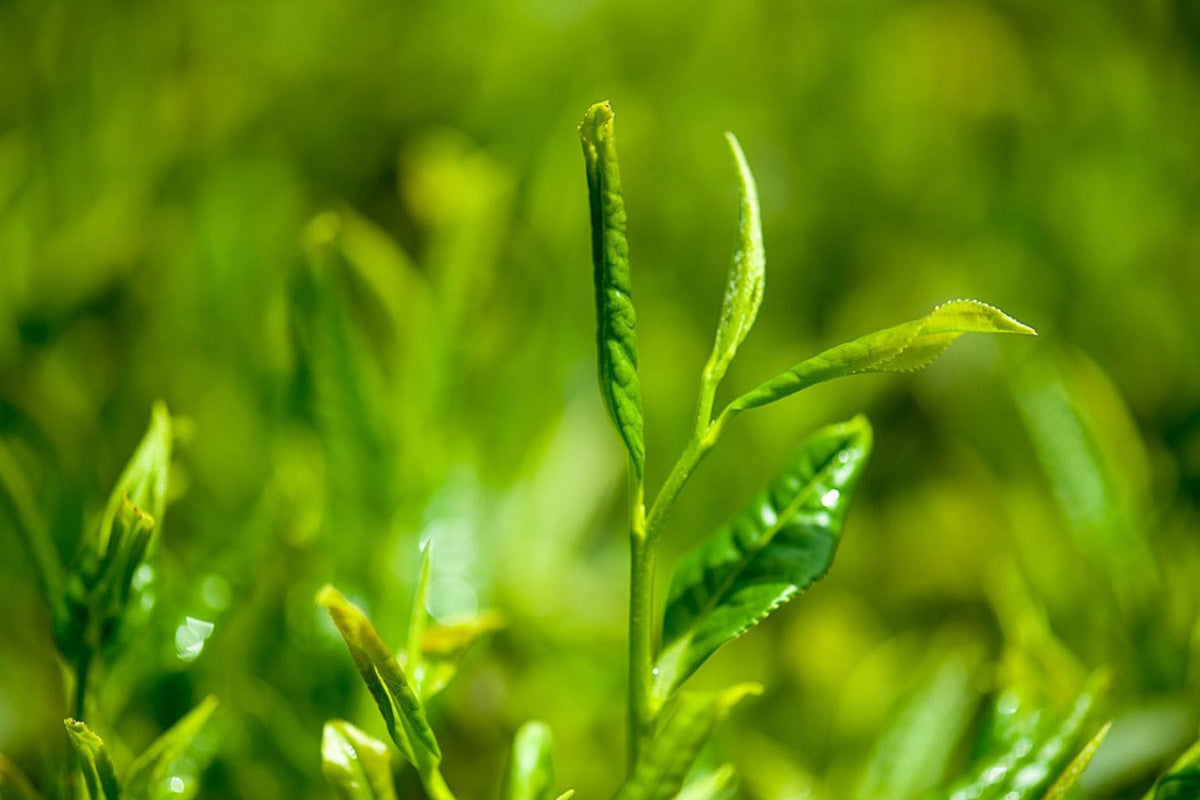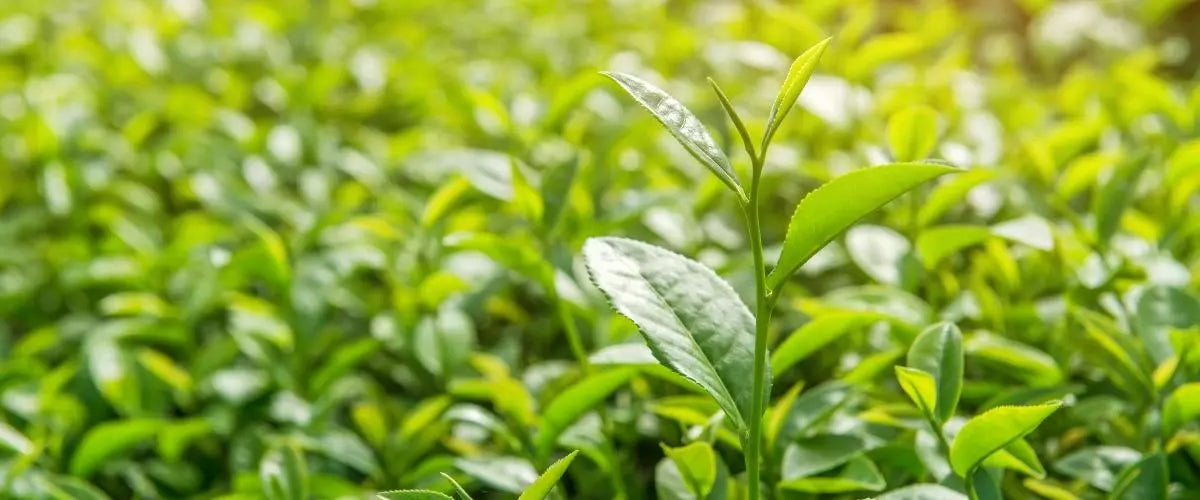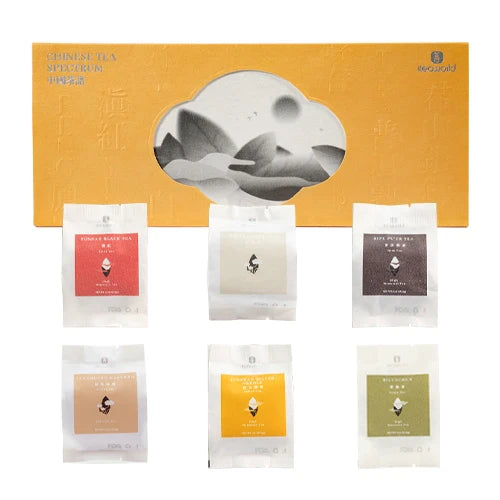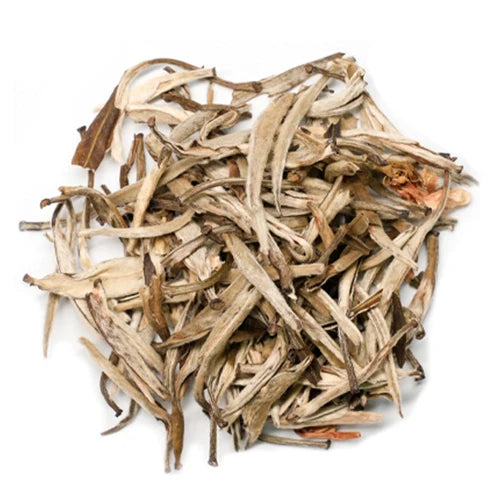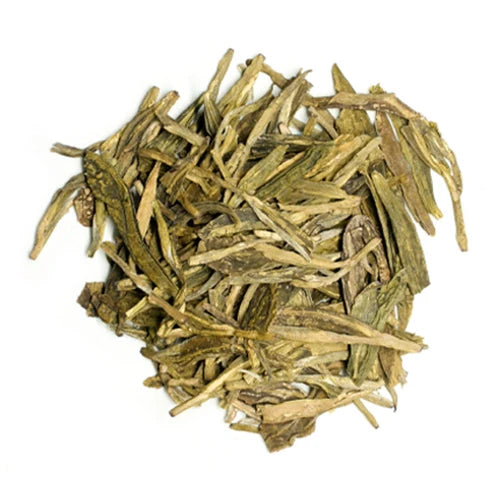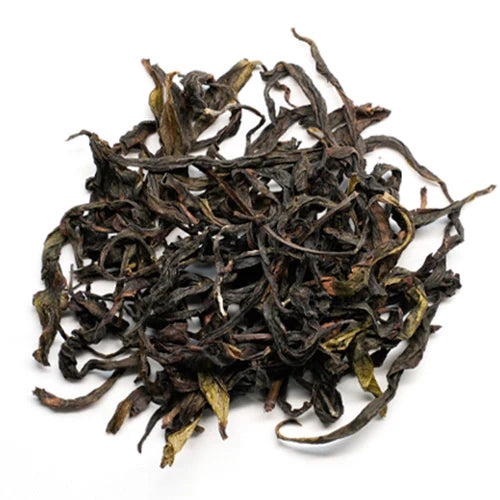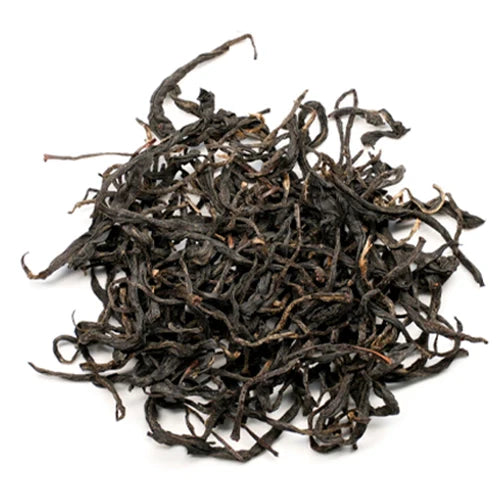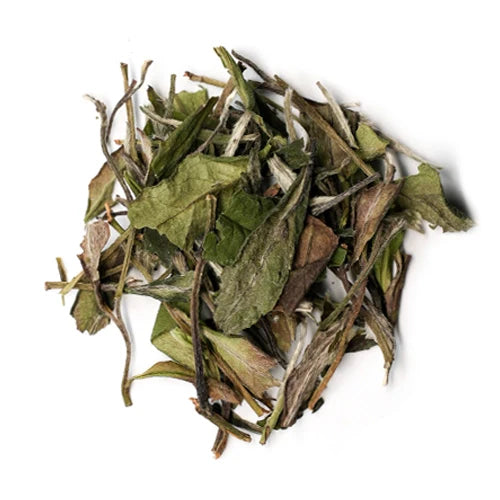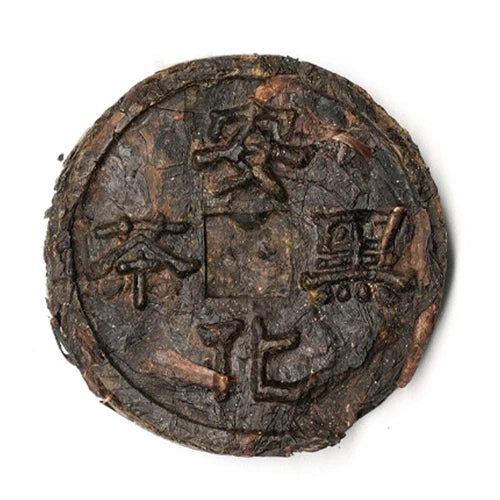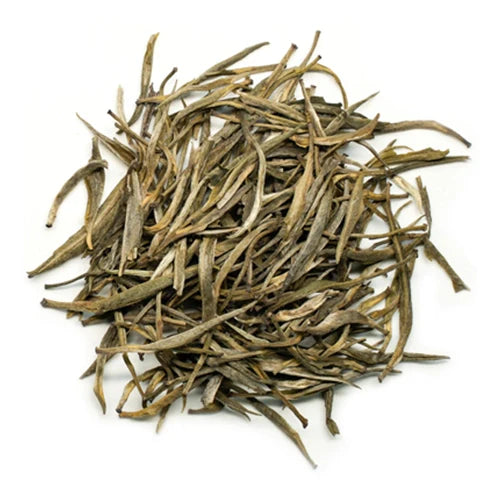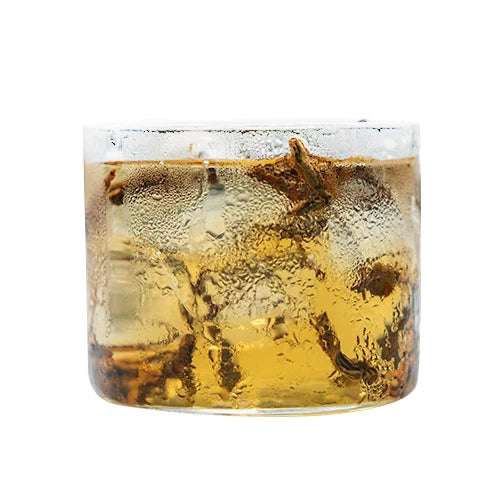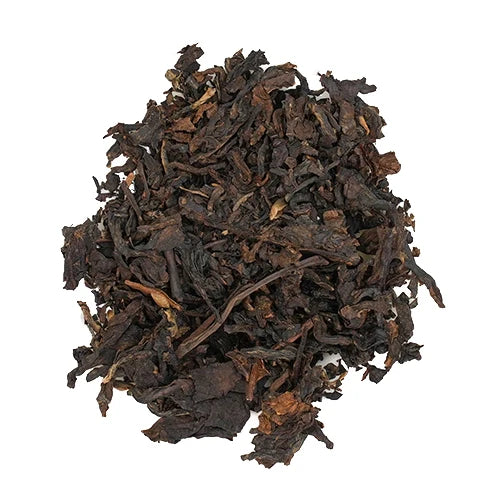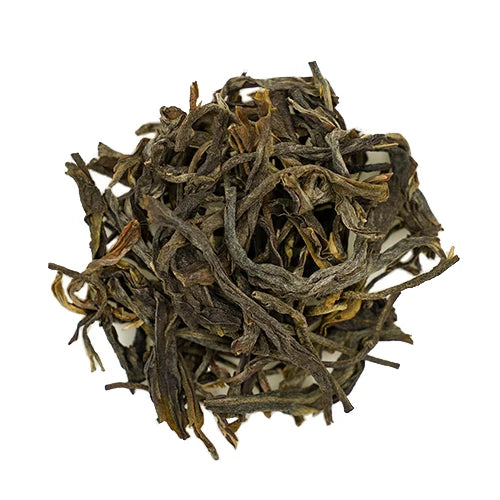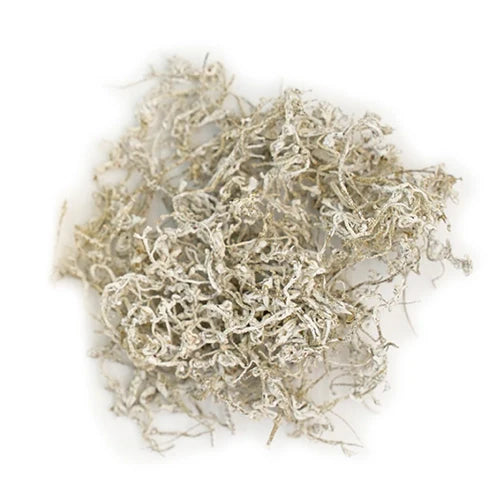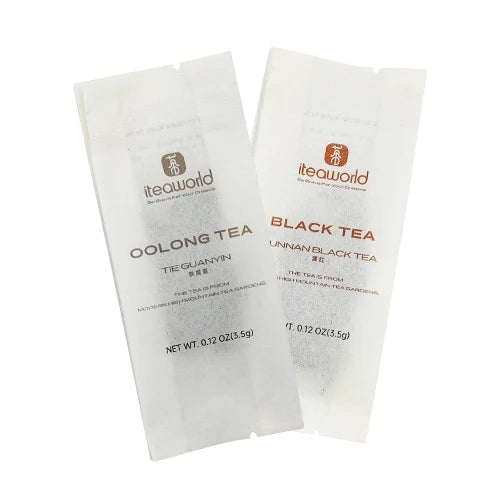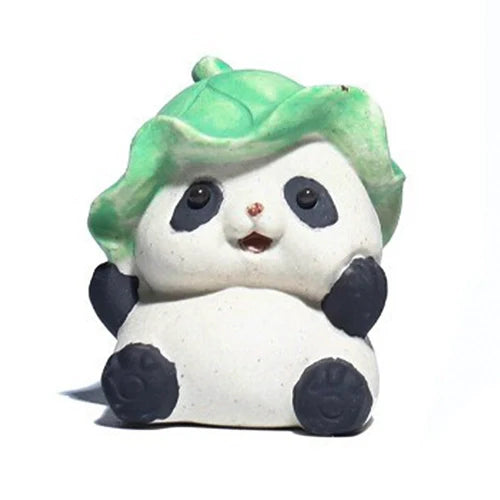1. Minnan Oolong Tea
2. Minbei Oolong Tea
3. Guangdong Oolong Tea
4. Taiwan Oolong Tea
Oolong tea is famous all over the world, and China is the place of origin of Oolong tea. In China, Oolong tea is mainly produced in Fujian Province (Minbei and Minnan), Guangdong Province, and Taiwan Province. In addition, Sichuan Province and Hunan Province also have a small amount of oolong tea production.According to the place of origin, oolong tea can be divided into four types of oolong tea.The four types are Minnan Oolong Tea, Minbei Oolong Tea, Guangdong Oolong Tea, and Taiwan Oolong Tea.Let's explore the difference between these four types of Oolong Tea and the loose leaf Oolong Tea provided by iTeaworld.
1. Minnan Oolong Tea
According to the degree of Zuoqing, Fujian oolong tea is divided into Minnan oolong tea and mini oolong tea. Minnan oolong tea is lightly sun-dried, heavily kneaded twisted, and lightly fermented. Consequently, Minnan oolong tea has a feature of green leaves with red edges. Minnan oolong tea has an obvious flower fragrance and a clean and mellow flavor. The tea soup of Minnan oolong tea is gold. Minnan oolong tea is mainly known for its fragrance. Among various types of Minnan oolong tea, Anxi Tie Guanyin has the most elegant fragrance. The main types of Minnan oolong tea are Anxi Tie Guanyin, Huangjingui, Yongchun Buddha hand, and Minnan Narcissus.
The Tieguanyin offered by iTeaworld is from the core production area, Anxi. It is a good Tieguanyin. With a creamy and floral aroma, it has a mild, smooth flavor without any bitterness and a buttery feel in the mouth.Besides, iTeaworld also offers minnan narcissus Oolong Tea, which is an oolong tea with a perfect balance of floral and natural sweetness, with a pleasant and delicate taste. The first sip reveals a light charcoal roasted flavor with a long-lasting floral note that lingers on the finish.
2. Minbei Oolong Tea
Minbei Oolong Tea is heavily sun-dried, heavily kneaded twisted, and heavily fermented. The fragrance of Minbei Oolong belongs to a ripe fragrance. The tea soup is bright orange and the flavor is a mellow and sweet aftertaste. After being brewed, the tea leaves are 30% red and 70% green, with clear red edges. Wuyi Yan tea is a category of Minbei oolong tea. The tea trees of Wuyi Yan tea grow on the rock and soil layers in Wuyishan City. Thus, Wuyi Yan tea has a special feature of Yan flavor. Wuyi Yan tea is rich in fragrance. The main types of Wuyi Yan tea are Minbei Narcissus, Wuyi Narcissus, and Wuyi Cassia.
The Minbei oolong tea offered by iTeaworld is the famous Dahongpao with a distinct roasted aroma and a flavor similar to that of a peach's drupe. This is great Wuyi tea.
3. Guangdong Oolong Tea
Guangdong oolong tea is produced on high mountains over 1000 meters in eastern Guangdong Province. Guangdong oolong tea is heavily sun-dried, heavily kneaded twisted, and heavily fermented. The tea soup of Guangdong
The Guangdong Oolong tea offered by iTeaworld is fenghuang dancong, a tea that has been reviewed by most tea lovers. When you open the package, the incredibly rich peach aroma hits you. This is a milanxiang single fir, and when you finish the tea, it leaves a long-lasting honey aftertaste on your mouth, which tends to evoke the nectar of blooming orchids.
4. Taiwan Oolong Tea
Taiwan oolong tea originated in Fujian Province. After being transported to Taiwan, the tea-making techniques of Fujian oolong tea changed and gradually developed into Taiwan oolong tea techniques. The typical types of Taiwanese oolong tea are Tung-ting oolong tea, Jinxuan oolong tea, and honey-scented oolong tea (oriental beauty).
If you are interested in Oolong tea, then you can start by trying the Oolong Tea Selection, which allows you to taste four different loose leaf Oolong tea at once at a low cost. This is also perfect as a gift for someone.Oolong teas from different regions, with their own regional characteristics, are a wonderful gift from nature. iTeaworld has selected three of these regional classic oolong teas, which allow you to experience a wide range of flavors in a single box, whether you like fresh floral notes, distinctive rocky notes, or rich fruity notes!
Some text and pictures are from other sources. If there is any infringement, please contact us.
